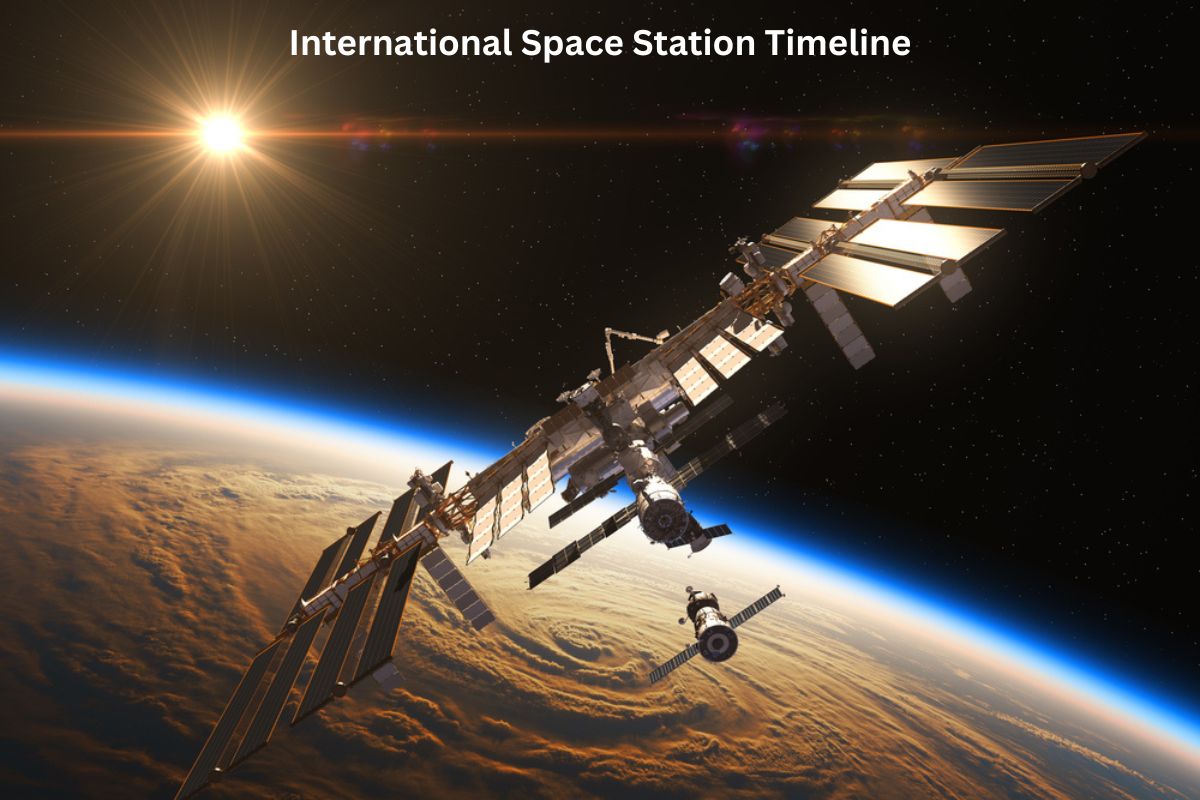The International Space Station (ISS) is a remarkable feat of human engineering and international cooperation. Since its inception in the 1990s, the ISS has served as a symbol of peaceful collaboration among nations in the exploration of space.
It has also provided a unique platform for scientific research, technology development, and continuous human presence in space. This space station has a rich history, marked by significant milestones, challenges, and achievements.
In this overview, we will delve into the key events that have shaped the ISS’s journey, from its conception to its ongoing role in advancing our understanding of space and fostering international partnerships.
| Year | Event |
|---|---|
| 1984 | President Ronald Reagan proposes the concept of a space station called Freedom. |
| 1988 | The United States invites other countries to participate in the project, becoming an international effort. |
| 1993 | Construction of the ISS officially begins with the launch of the Russian module, Zarya. |
| 1998 | The first American module, Unity (Node 1), is launched and connected to Zarya, starting assembly. |
| 2000 | Expedition 1 arrives at the ISS, marking continuous human presence in space. |
| 2001 | The Russian module Zvezda is added, providing living quarters and life support systems. |
| 2003 | Space Shuttle Columbia disaster suspends shuttle flights to the ISS. |
| 2008 | ESA contributes Columbus laboratory module, JAXA adds Kibo laboratory module. |
| 2011 | NASA’s Space Shuttle program ends with Atlantis on STS-135. |
| 2013 | Russian Soyuz and Progress, SpaceX’s Dragon provide transportation and supplies. |
| 2018 | Soyuz inflight abort, safe crew return. |
| 2020 | SpaceX Crew Dragon completes its first crewed mission to the ISS. |
| 2021 | Russia launches Nauka module, providing additional space and science facilities. |
| 2022 | The ISS continues to be inhabited by international crews, supporting research and cooperation. |
Timeline of the International Space Station
1984: President Ronald Reagan proposes the concept of a space station called Freedom
In 1984, during his State of the Union Address, President Ronald Reagan proposed the ambitious idea of constructing a space station called “Space Station Freedom.”
The vision was to create a permanently inhabited space laboratory in low Earth orbit that would serve as a platform for scientific research, technology development, and international cooperation.
This proposal marked the initial step towards what would later become the International Space Station (ISS).
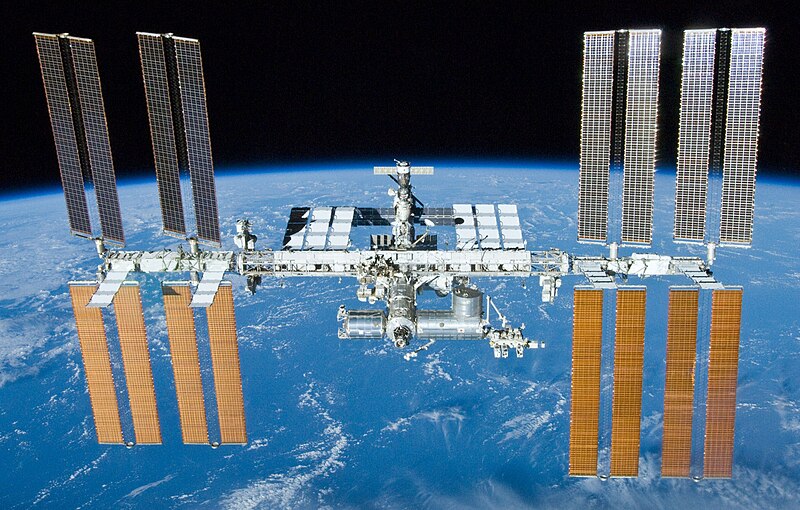
1988: The United States invites other countries to participate in the project, becoming an international effort
After the initial proposal of Space Station Freedom, the United States recognized the potential benefits of international collaboration in space exploration.
In 1988, the U.S. invited other countries, including Canada, Japan, and several European nations, to participate in the space station project.
Also Read: Facts About International Space Station
This marked a crucial turning point, as the project transitioned from being solely a U.S. endeavor to a collaborative international effort. This cooperation laid the foundation for the future development of the ISS.
1993: Construction of the ISS officially begins with the launch of the Russian module, Zarya
The actual construction of the International Space Station began in 1993 with the launch of the Russian module known as “Zarya.” Zarya, which means “Sunrise” in Russian, was designed to be the initial power and propulsion module of the ISS.
It was launched into orbit on November 20, 1998, from the Baikonur Cosmodrome in Kazakhstan. Zarya served as the starting point for the assembly of the station, and its successful launch and integration marked the official commencement of the ISS program.
1998: The first American module, Unity (Node 1), is launched and connected to Zarya, starting assembly
In 1998, a significant milestone was achieved in the construction of the ISS with the launch of the first American module, named “Unity” or “Node 1.” Unity was part of the initial stage of assembling the space station and played a crucial role in connecting various future modules.
Also Read: Spacex Facts
This module served as a hub, providing berthing ports for other station components and connecting them together. Unity was launched aboard the Space Shuttle Endeavour on December 4, 1998, and was successfully mated with the Russian module Zarya, marking the beginning of the assembly process.

2000: Expedition 1 arrives at the ISS, marking continuous human presence in space
The year 2000 marked a significant milestone in the history of the ISS as it saw the arrival of the first long-term crew, known as “Expedition 1.” This mission began on November 2, 2000, when the Soyuz spacecraft carrying the crew docked with the ISS.
The crew, consisting of American astronaut William Shepherd and Russian cosmonauts Yuri Gidzenko and Sergei Krikalev, started continuous human habitation aboard the station.
This marked the beginning of the ISS’s role as a space laboratory and residence for astronauts from various nations, further emphasizing its international character.
2001: The Russian module Zvezda is added, providing living quarters and life support systems
In 2001, the Russian module “Zvezda” was added to the International Space Station. Zvezda, which means “Star” in Russian, was an essential component as it provided living quarters, life support systems, and propulsion capabilities.
With the addition of Zvezda, the ISS gained the capacity for long-duration missions and became more self-sufficient. This module became the central part of the Russian segment of the station, serving as a vital habitat for Russian cosmonauts and other crew members. It played a crucial role in maintaining the station’s orbit and life support functions.
2003: Space Shuttle Columbia disaster suspends shuttle flights to the ISS
On February 1, 2003, the Space Shuttle Columbia disintegrated upon reentry into Earth’s atmosphere, tragically resulting in the loss of all seven crew members.
The disaster was caused by damage to the shuttle’s thermal protection system, which occurred during launch when a piece of foam insulation struck the left wing.
This tragedy had a significant impact on the ISS program as it led to the suspension of all Space Shuttle flights to the station for several years. The shuttles were grounded while safety measures and design improvements were implemented.
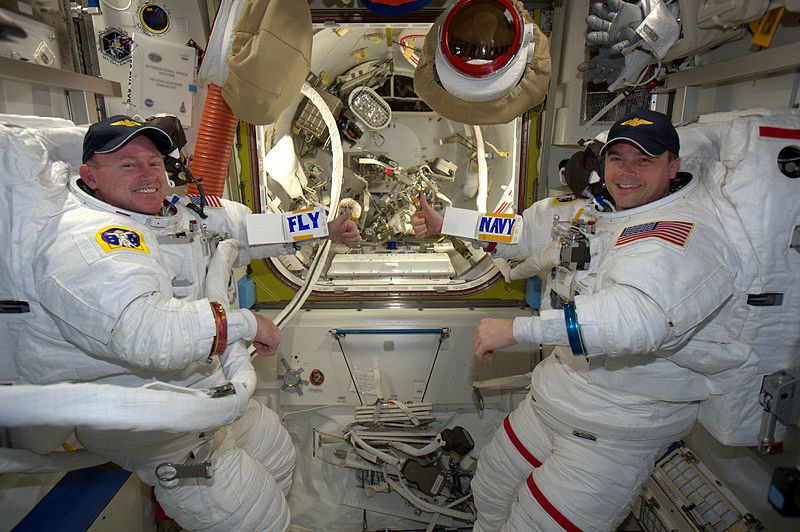
2008: ESA contributes Columbus laboratory module, JAXA adds Kibo laboratory module
In 2008, two major contributions were made to the ISS from international partners. The European Space Agency (ESA) contributed the Columbus laboratory module. Columbus served as a European research laboratory within the station, enabling scientists to conduct a wide range of experiments in microgravity.
Additionally, the Japan Aerospace Exploration Agency (JAXA) added the Kibo laboratory module, also known as the Japanese Experiment Module (JEM). Kibo provided advanced research facilities for Japanese and international scientists and significantly expanded the station’s capabilities for scientific research.
2011: NASA’s Space Shuttle program ends with Atlantis on STS-135
On July 8, 2011, the Space Shuttle Atlantis embarked on mission STS-135, marking the final flight of NASA’s Space Shuttle program. This mission, which delivered supplies and equipment to the ISS, marked the end of an era in human spaceflight.
With the retirement of the Space Shuttle program, the United States relied on international partners and commercial spacecraft for transportation to and from the ISS.
2013: Russian Soyuz and Progress, SpaceX’s Dragon provide transportation and supplies
Following the end of the Space Shuttle program, the International Space Station continued to be supplied and crewed through a combination of Russian Soyuz and Progress spacecraft and commercial spacecraft.
Russian Soyuz spacecraft transported astronauts to and from the station, ensuring the continuous presence of international crews.
Additionally, SpaceX’s Dragon spacecraft became the first commercial spacecraft to successfully dock with the ISS, further demonstrating the role of commercial partners in supporting the station’s operations.
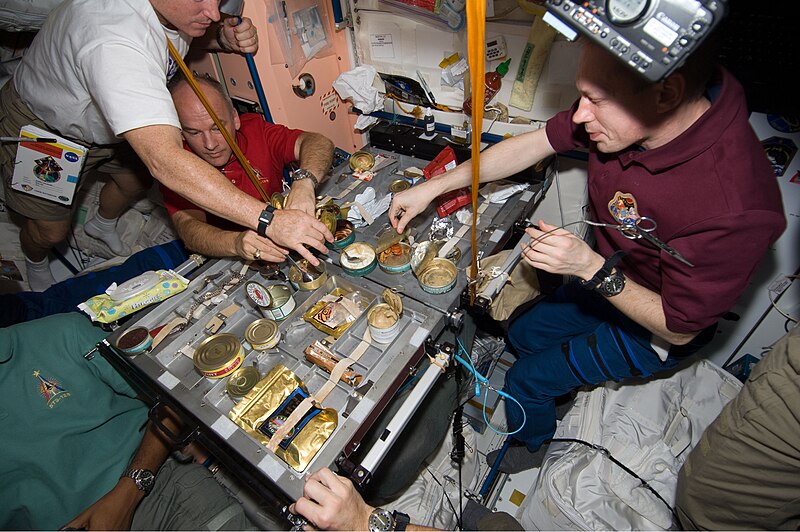
2018: Soyuz inflight abort, safe crew return
In October 2018, an incident occurred during a Soyuz mission to the ISS that demonstrated the reliability and safety of the spacecraft. The Soyuz MS-10 mission experienced a booster separation failure during launch, leading to an emergency abort.
The spacecraft’s launch escape system activated, and the crew capsule was safely separated from the rocket. The two crew members, Russian cosmonaut Alexey Ovchinin and NASA astronaut Nick Hague, experienced the high-G forces of the abort but landed safely in Kazakhstan.
This incident highlighted the robust safety protocols and engineering of the Soyuz spacecraft, which has been a reliable workhorse for crew transportation to the ISS.
2020: SpaceX Crew Dragon completes its first crewed mission to the ISS
In May 2020, SpaceX’s Crew Dragon spacecraft, developed as part of NASA’s Commercial Crew Program, successfully completed its first crewed mission to the ISS. The mission, known as Demo-2, carried NASA astronauts Doug Hurley and Bob Behnken to the station.
It marked the first time a commercially built spacecraft transported astronauts to the ISS and safely brought them back to Earth. The success of Demo-2 demonstrated the viability of commercial partnerships in human spaceflight and marked a significant milestone in NASA’s efforts to reduce its reliance on Russian Soyuz spacecraft.
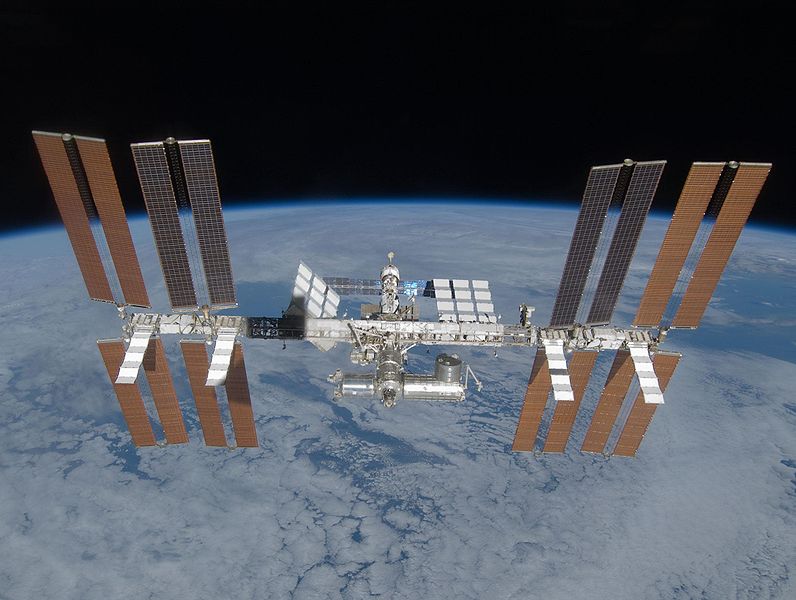
2021: Russia launches Nauka module, providing additional space and science facilities
In July 2021, Russia launched the Nauka Multipurpose Laboratory Module to the ISS. Nauka, which means “Science” in Russian, is a sophisticated laboratory module that provides additional living space for the crew, research facilities, and additional propulsion capabilities.
The module had been in development for many years and was a significant addition to the Russian segment of the ISS. Nauka docked with the ISS, further expanding the station’s research capabilities and infrastructure.
2022: The ISS continues to be inhabited by international crews, supporting research and cooperation
As of 2022, the International Space Station continues to be inhabited by international crews, representing multiple space agencies, including NASA, Roscosmos, ESA, JAXA, and CSA. The station serves as a platform for scientific research, technology development, and international cooperation.
Crews aboard the ISS conduct experiments in a wide range of scientific disciplines, including biology, physics, astronomy, and Earth sciences. The station’s unique microgravity environment offers valuable insights into various scientific phenomena and has important implications for future space exploration endeavors.
